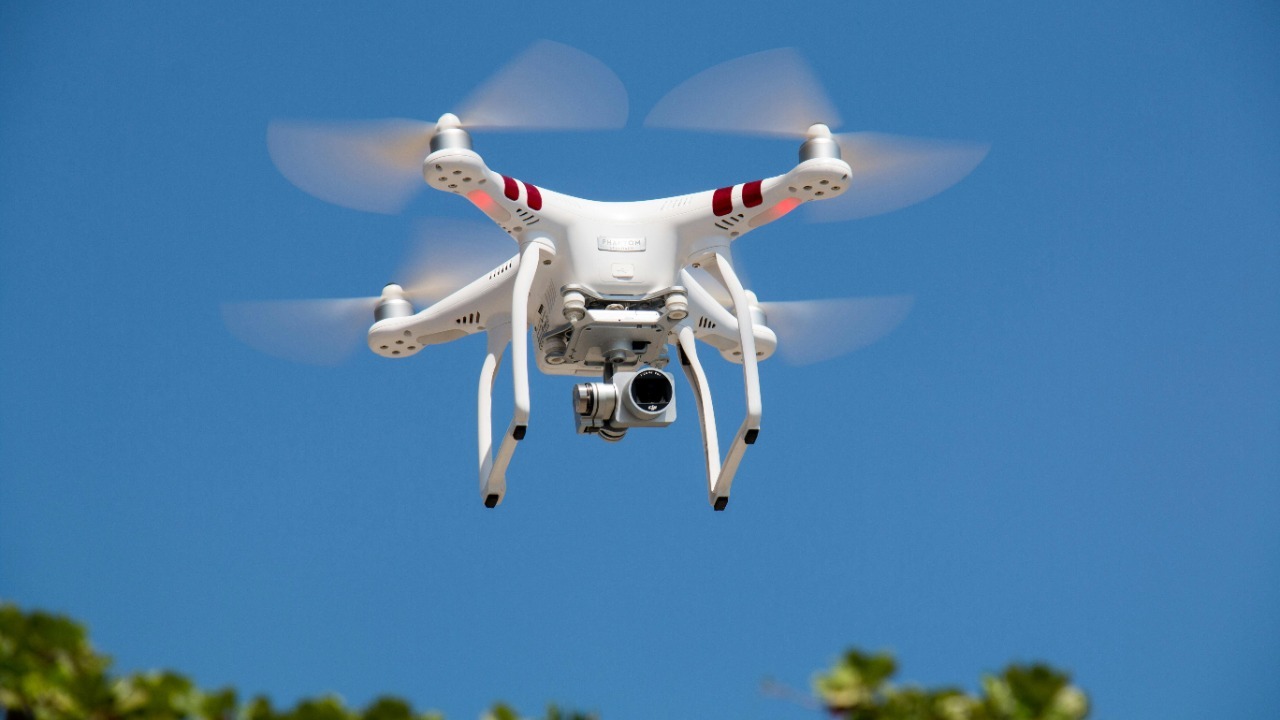
Drones are no longer just a tool for photography enthusiasts and tech hobbyists; they are poised to revolutionize the way we receive our mail. With technological advancements and successful trials, drone delivery systems are becoming a tangible reality, promising faster and more efficient postal services.
The Evolution of Drone Technology
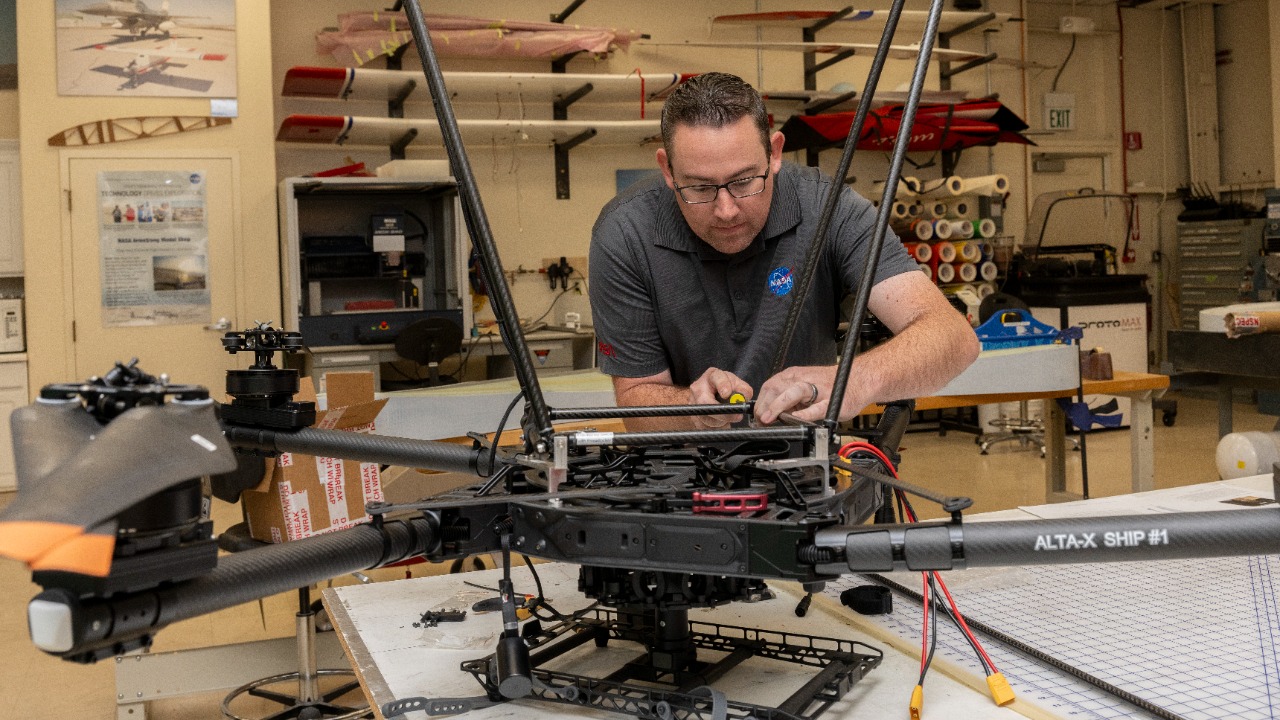
The historical development of drones is a fascinating journey from simple remote-controlled devices to highly sophisticated autonomous systems. Initially, drones were primarily used for military purposes or as recreational gadgets, but the rapid pace of technological advancement has broadened their applications significantly. As drones evolved, improvements in design and functionality have enabled them to take on more complex tasks, such as delivery services, that were once thought to be the domain of science fiction.
Key technological advancements have played a critical role in making drone deliveries possible. Innovations in GPS technology have allowed drones to navigate with high precision, while improvements in battery life have extended their operational range, making longer routes feasible. Additionally, machine learning algorithms have enhanced drones’ ability to make real-time decisions, such as avoiding obstacles or adjusting to changing weather conditions. These advances, coupled with regulatory milestones, have paved the way for drones to be utilized in commercial delivery, with safety regulations and legal frameworks adapting to support this shift.
Current Trials and Success Stories
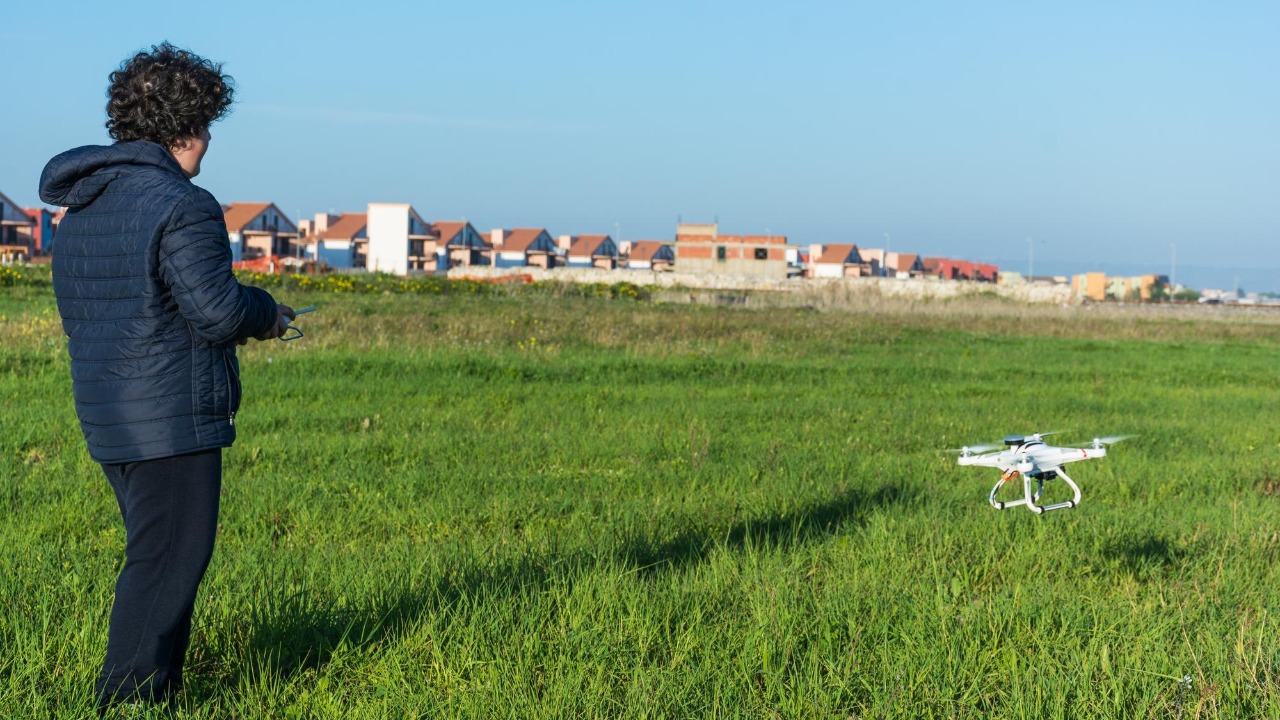
In recent years, several successful drone delivery trials have captured public attention. For instance, the Royal Mail’s initiatives have demonstrated the potential of drones to transform postal delivery services. These trials revealed significant benefits such as reduced delivery times and the ability to reach remote areas that are difficult to access by traditional means. Such experiments are not limited to the UK; other countries and companies around the globe are exploring drone deliveries as part of their logistics strategies.
Global adoption of drone delivery services is evident in various sectors, from medical supply drops in Africa to commercial product deliveries in urban environments. Companies like Amazon and UPS have also shown interest in integrating drones into their logistics operations. However, despite these success stories, challenges remain. Trials have uncovered issues like weather dependency and airspace management that require innovative solutions. The lessons learned from these trials are crucial for the continued refinement and eventual widespread adoption of drone delivery systems.
Benefits of Drone Mail Delivery
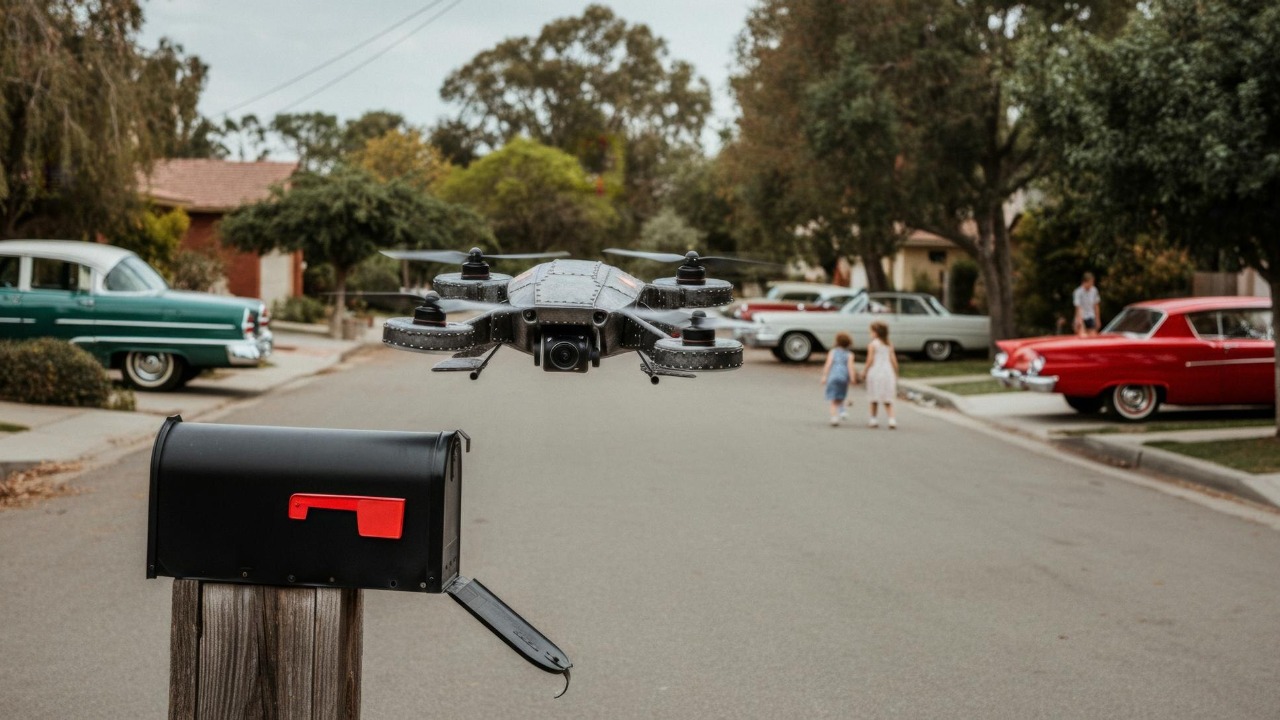
One of the most significant benefits of drone mail delivery is the potential for increased speed and efficiency. Drones can drastically reduce delivery times, particularly in remote or difficult-to-access areas where traditional delivery methods are slow or inefficient. This capability not only enhances customer satisfaction but also allows postal services to optimize their operations.
The environmental impact of drone deliveries is another compelling advantage. With the growing concern over climate change, the potential reduction in carbon footprint compared to traditional mail delivery methods is significant. Drones consume less energy and produce fewer emissions than conventional delivery vehicles, contributing to a greener and more sustainable delivery system. Additionally, the cost implications for postal services are noteworthy. By lowering operational costs, drones could lead to more affordable services for consumers, making mail delivery both economically and environmentally advantageous.
Challenges and Concerns
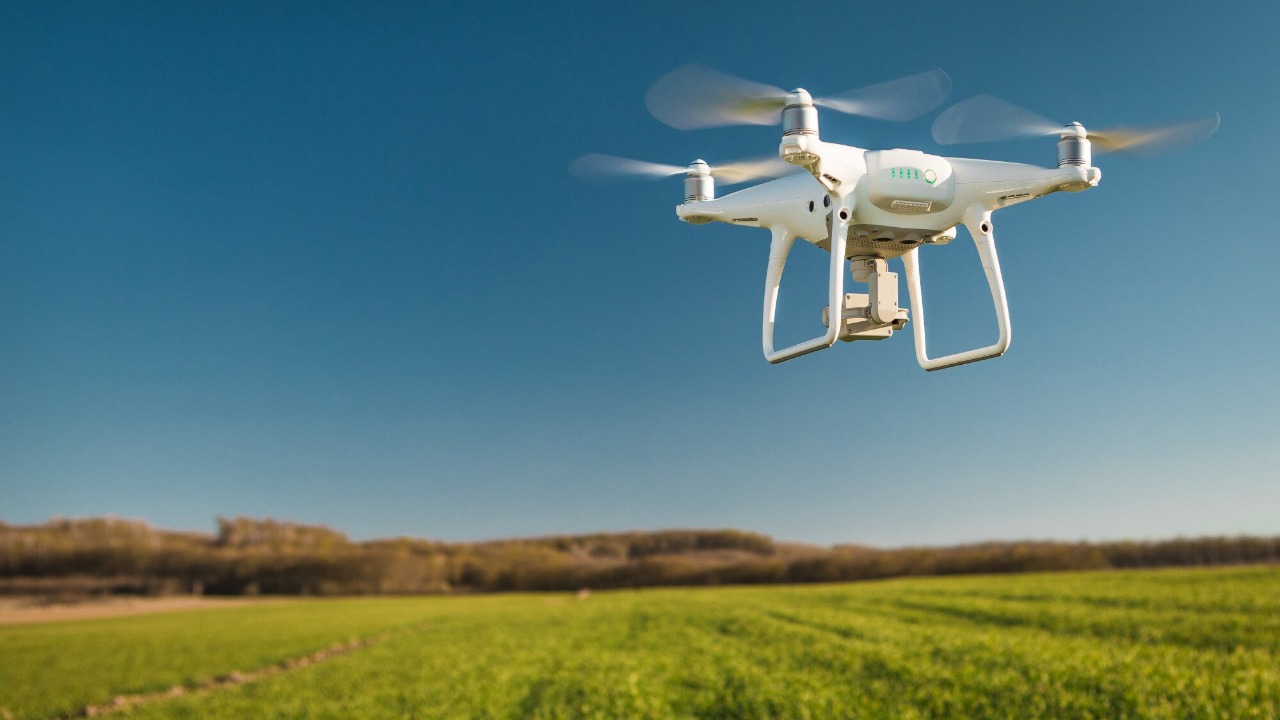
Despite the promising benefits, several technical challenges must be addressed for drone mail delivery to become mainstream. Limited battery life restricts the range and payload capacity of drones, posing significant logistical challenges. Navigating complex urban environments safely and efficiently also remains a concern, as does ensuring reliable performance under varying weather conditions.
Privacy and security are additional public concerns associated with drone usage. There is apprehension about potential surveillance activities and data protection, especially in densely populated areas. Moreover, regulatory hurdles continue to challenge the industry. Ensuring drones operate safely within existing air traffic systems while protecting citizens’ privacy requires comprehensive legal and policy frameworks that are still evolving. These regulatory challenges must be addressed to achieve widespread drone delivery adoption.
The Future of Mail Delivery with Drones
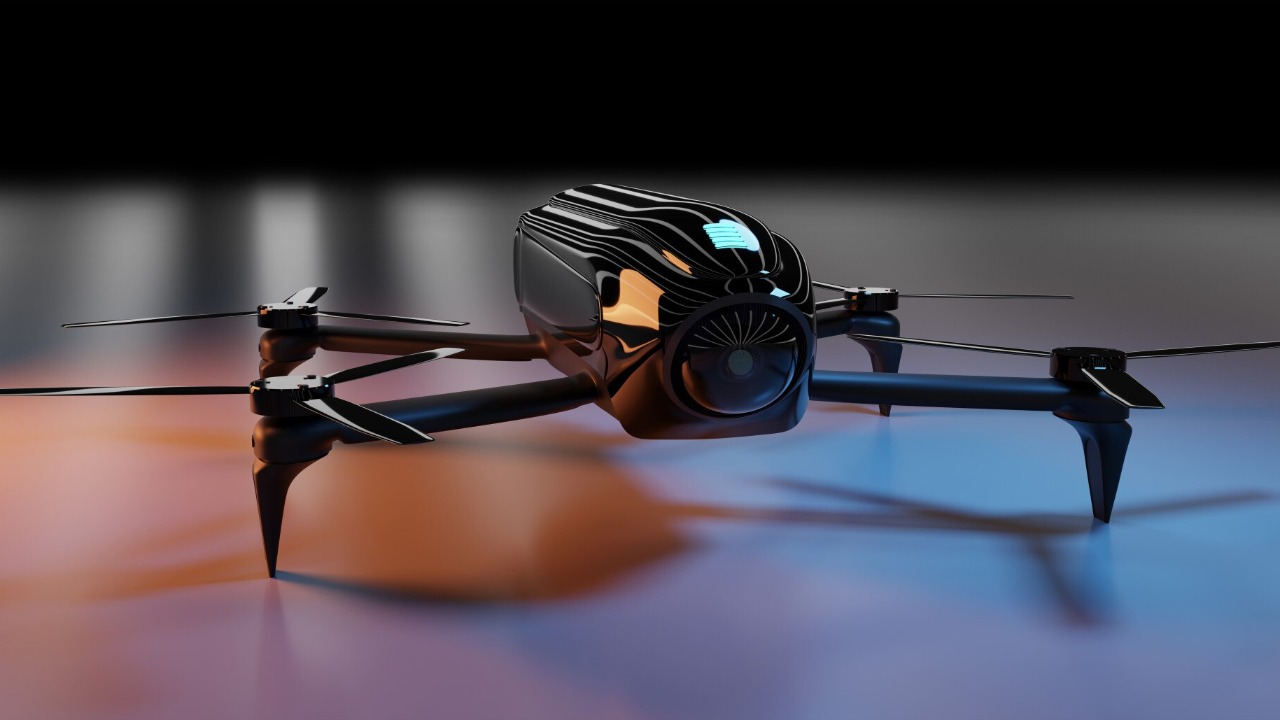
As technology continues to advance, the future of mail delivery with drones looks increasingly promising. One potential development is the integration of drones with existing delivery systems to create a hybrid model. This approach could leverage the strengths of both traditional and drone delivery methods, resulting in a more efficient and flexible logistics network.
Future technological advancements are likely to further enhance drone capabilities, from extended battery life to improved AI-driven navigation systems. These innovations could enable drones to handle more complex delivery tasks, broadening their application in the logistics industry. The societal impact of drone deliveries could be profound, reshaping consumer expectations and transforming the logistics landscape. As drones become a common feature in mail delivery, they will not only change how we receive our packages but also influence broader trends in logistics and consumer behavior.